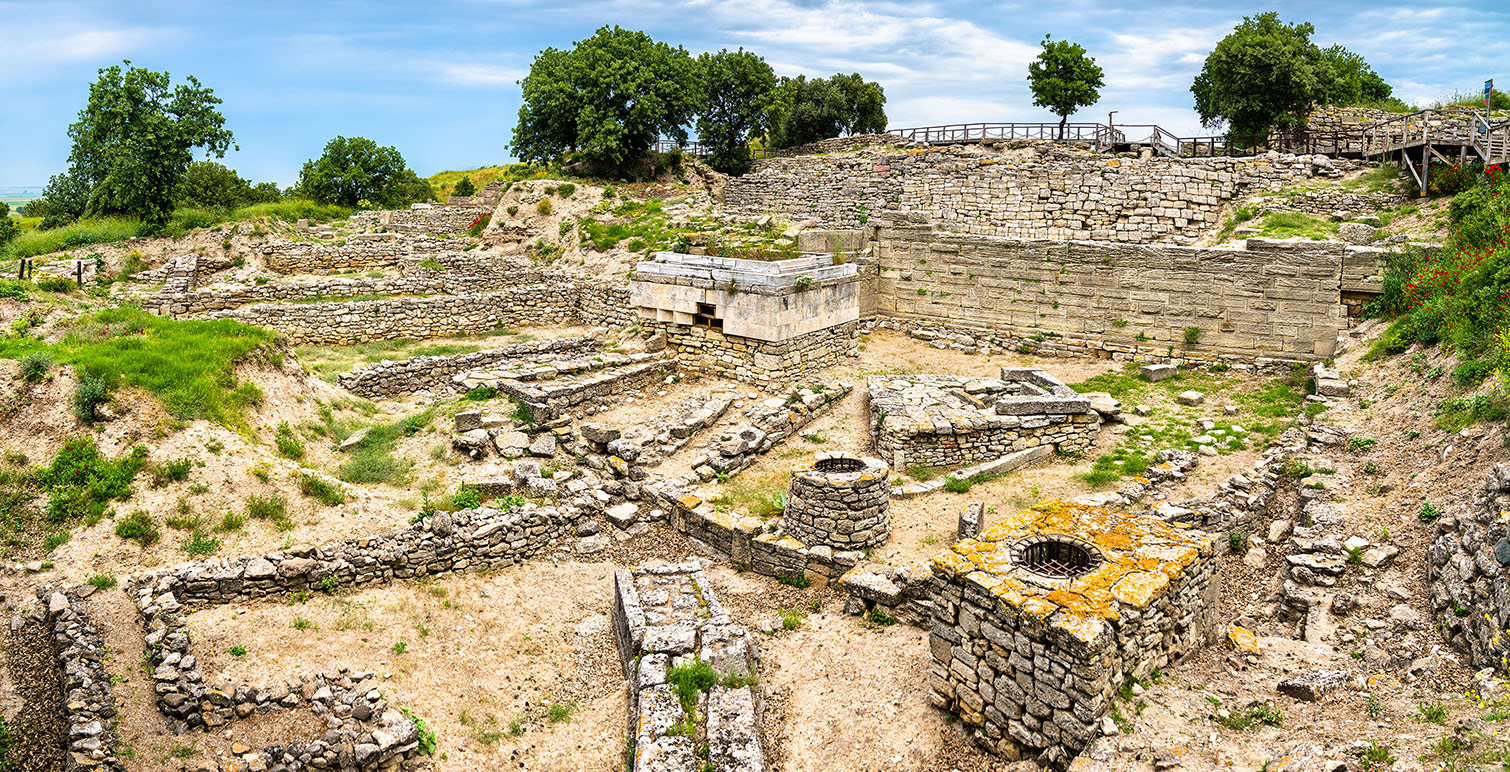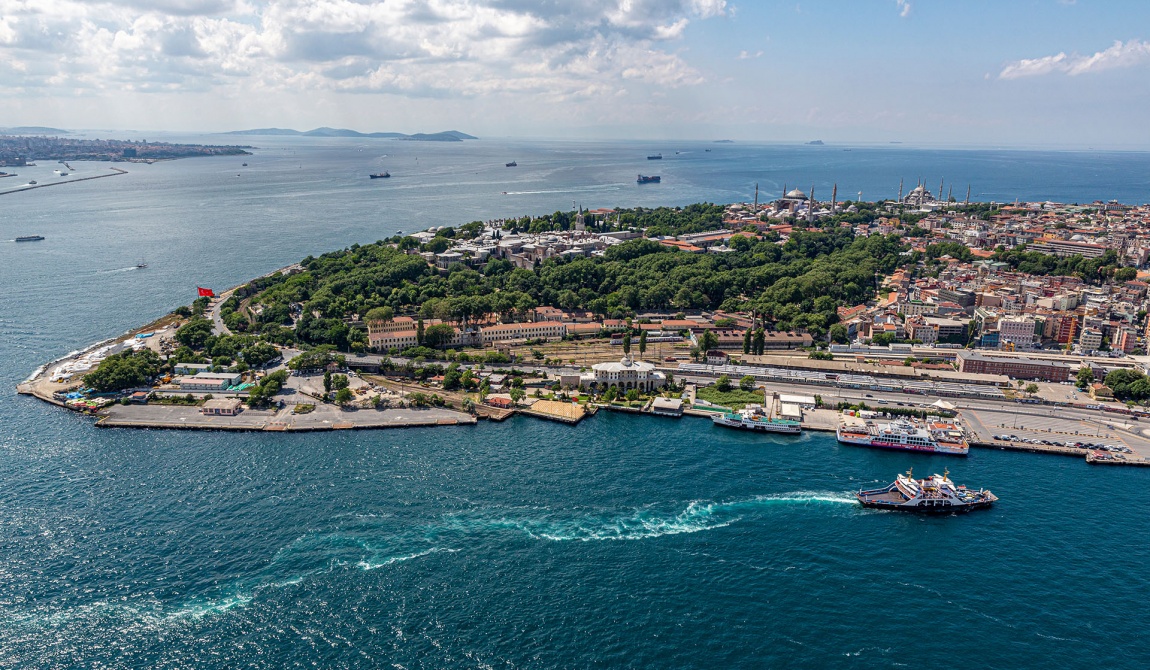 History
HistoryTurkey's Fabulous UNESCO World Heritage Sites Part 1
By SU Magazin / 2022-12-14Throughout history, dozens of civilizations have been established and fallen within Turkey's borders. From 12000 years old Gobeklitepe, where the oldest civilization was founded to the mighty Ottoman Empire ancient sites and locations are scattered all over Turkey. Some of these sites and locations are inscribed in the UNESCO (The United Nations Educational, Scientific and Cultural Organization) World Heritage Sites. Turkey accepted the convention on 16 March 1983, making its historical sites eligible for inclusion on the list. As of 2021, Turkey's number of World Heritage Sites is nineteen, seventeen of them being cultural and two of them mixed sites. This is Part 1 of Turkey's UNESCO World Heritage Sites, listed in the order they were added to the UNESCO World Heritage List.
Goreme National Park and the Rock Sites of Cappadocia -1985
Goreme National Park and the Rock Sites of Cappadocia were added to the UNESCO World Heritage List in 1985 on natural and cultural criteria. It is among the three sites that were added for the first time from Turkey. Created by millions of years of erosion on the surface of rocks that look magical, networks of ancient underground settlements, rock caves-houses, and pristine examples of early byzantine churches are more than enough to meet the UNESCO criteria. Every year, millions of visitors from all over the world come to appreciate the beauty of Cappadocia and feel the magic that surrounds the land.
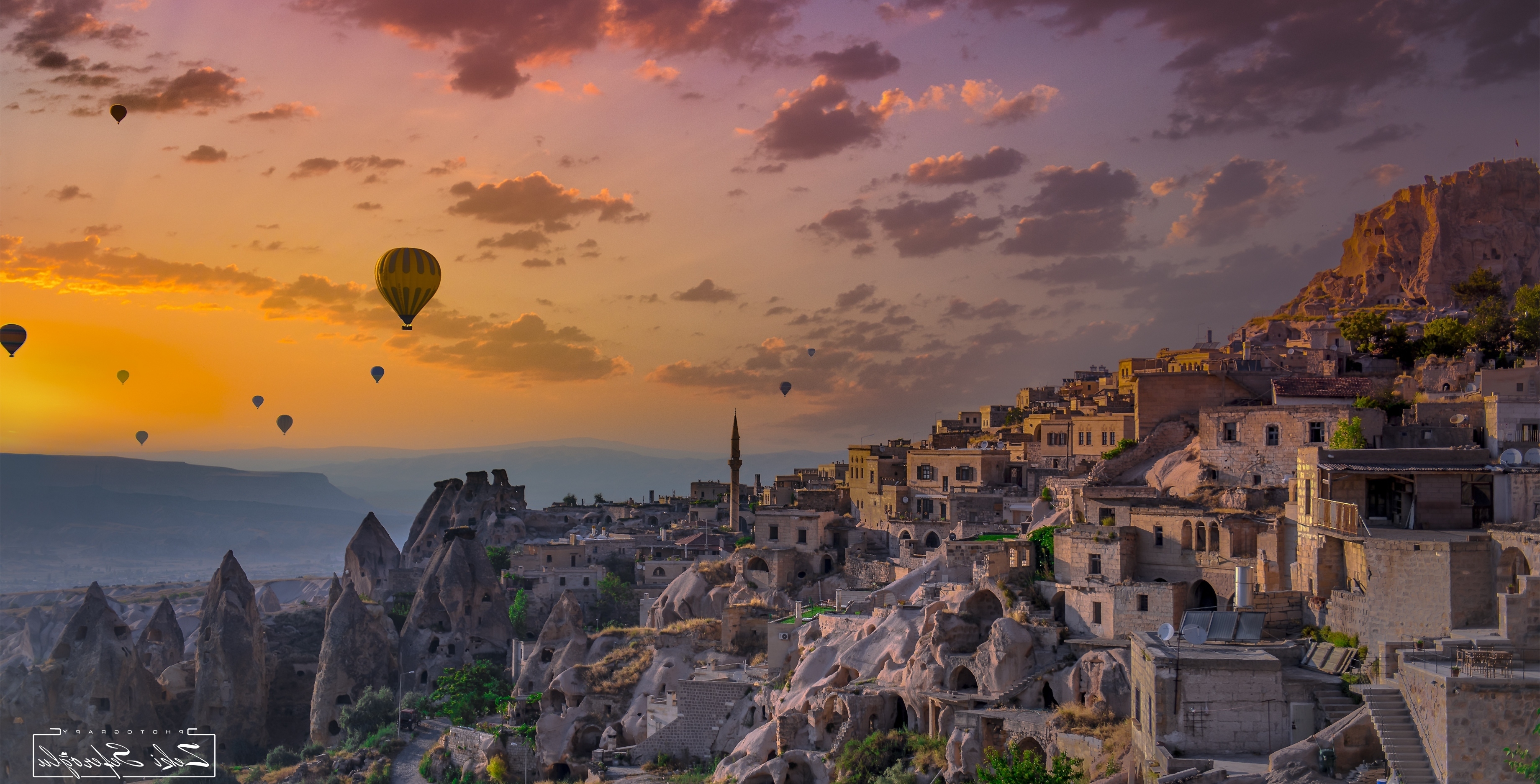
Great Mosque and Hospital of Divrigi -1985
Established in the early 13th century in Sivas Divrigi, the Divrigi Great Mosque and Hospital complex is a unique and distinguished example of Islamic architecture that blends different and sometimes contrasting designs. Its elegant stone carvings and selective architecture have placed the complex among the most important architectural monuments of Anatolia and ensured that it was included in the UNESCO World Heritage List in 1985, along with the Historical Regions of Istanbul and Cappadocia, Goreme.
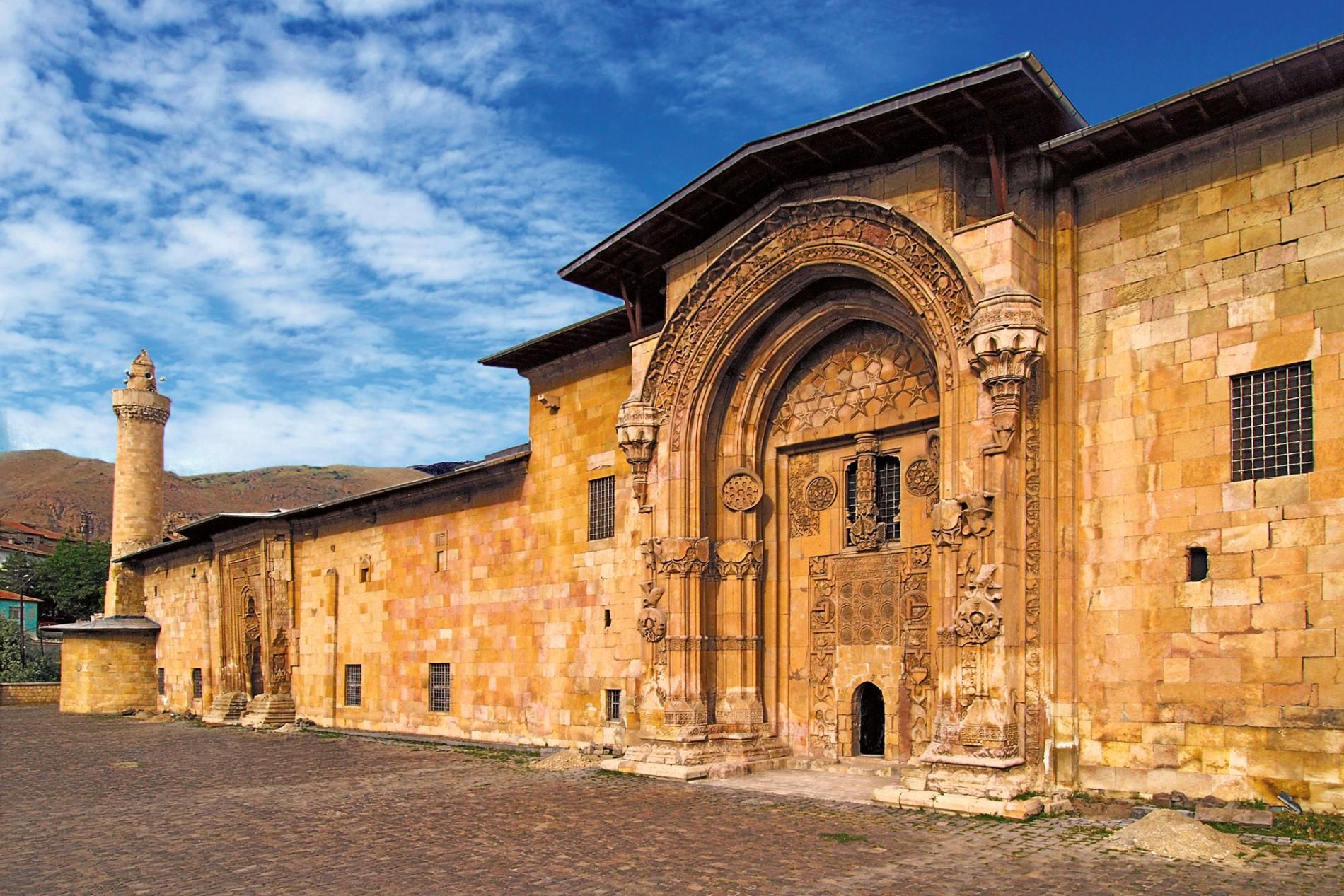
Historic Areas of Istanbul -1985
Added in 1985, The Historic Areas of Istanbul are a group of sites in the capital district of Fatih in the city of Istanbul, Turkey. The area includes buildings and structures such as the Sarayburnu, the Topkapı Palace, the Hagia Sophia, the Sultan Ahmed Mosque, the Hagia Irene, Zeyrek Mosque, Süleymaniye Mosque, Little Hagia Sophia, and the Walls of Constantinople.
Capital to two of the biggest empires in history, Istanbul has been a major political, religious and cultural center for more than two millennia to the Byzantine and Ottoman empires. Its dazzling skyline which includes masterpieces such as Hagia Sophia, the Suleymaniye Mosque, the Topkapı Palace, and Blue Mosque testifies to the greatness of the Old City's architecture.

Hattusha: the Hittite Capital -1986
Hattusa was the capital of the Hittite Empire in the late Bronze Age. Hattusa was added to the UNESCO World Heritage Site list in 1986. Well-preserved city gates, temples, palaces, vast city ruins, and the nearby rock sanctuary of Yazilikaya, is among the last masterpieces left from the mighty Hittite Empire; the once-dominant power in Anatolia and northern Syria. The ruins lie near modern Bogazkale, Turkey within the area of The Kizilirmak River.
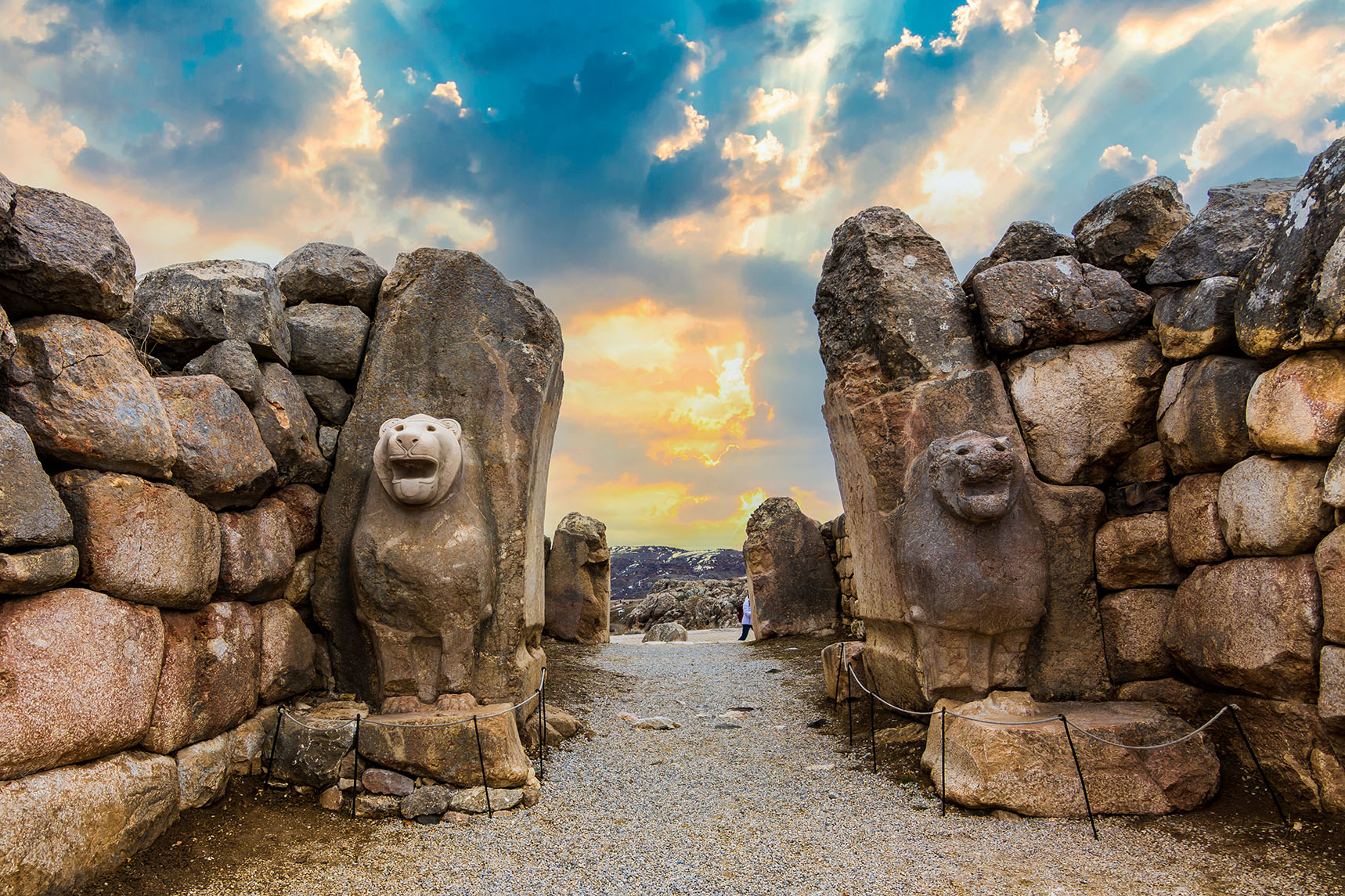
Mount Nemrut -1987
Mount Nemrut is a 2,134-metre-high mountain in southeastern Turkey, where King Antiochus I of Commagene constructed his own temple tomb, surrounded by colossal statues and stelae. It is one of the most ambitious architectural undertakings of the Hellenistic period. The Commagene Kingdom founded after the breakup of Alexander’s Empire was a mixed-cultural kingdom. The evidential dual origin of this kingdom's mixed culture of Greek and Persian is a distinctive part of this mound. Due to its historical and cultural importance, Mount Nemrut was added to the UNESCO World Heritage Site in 1987.
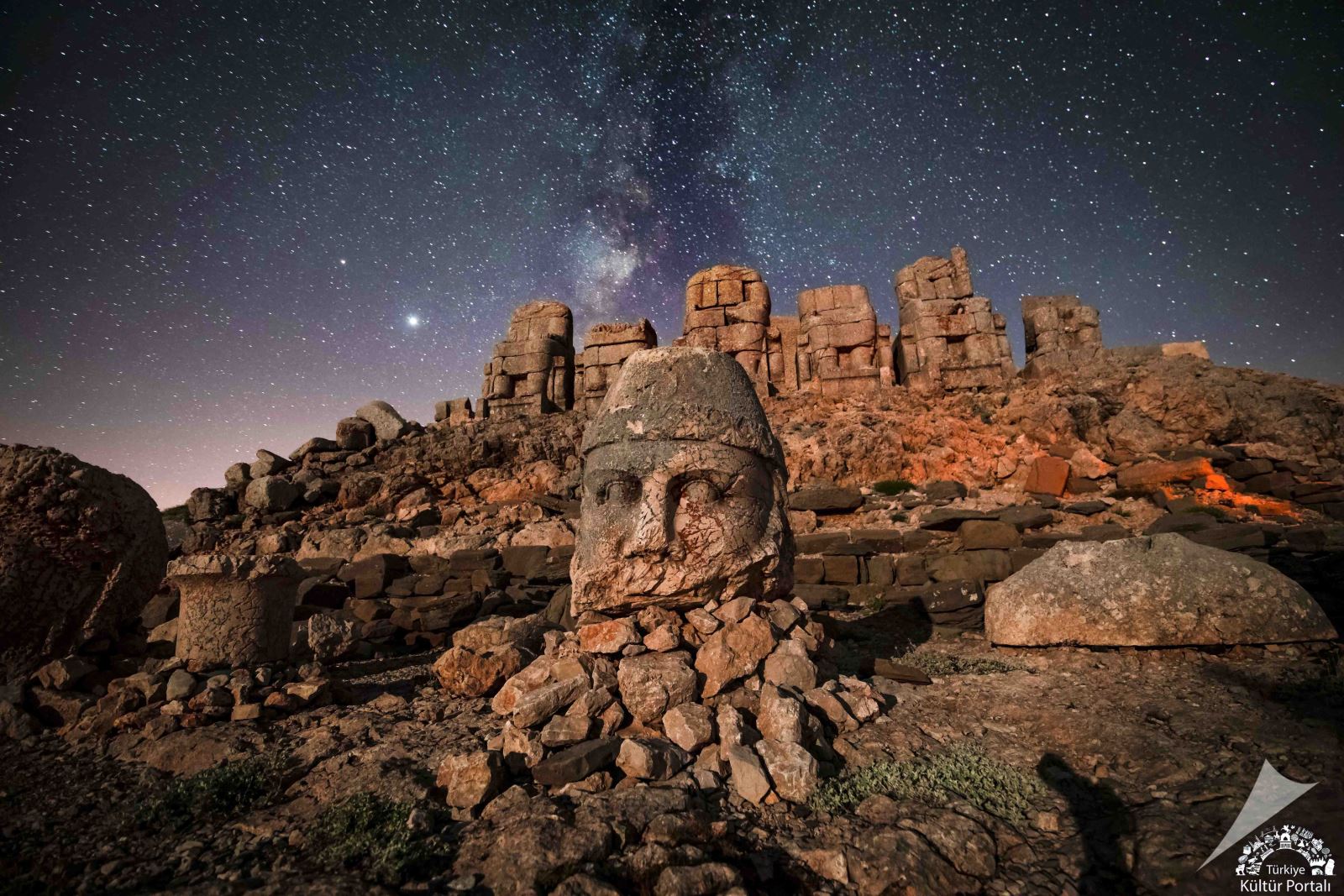
Hierapolis-Pamukkale -1988
The Ancient City of Hierapolis and Pamukkale travertines are adjacent to each other. Pamukkale, meaning "cotton castle" in Turkish, is a natural site in Denizli Province. The site is famous for its visually striking landscape, consisting of petrified waterfalls, stalactites, and terraces. The nearby Hierapolis Ancient City was built on top of the travertine formation at the end of the 2nd century BC. The ancient city hosts various Greco-Roman structures including temples, baths, and a necropolis, as well as examples of Early Christian architecture. These two sites attract millions of tourists every year, both domestic and foreign. Hierapolis and Pamukkale were added as UNESCO World Heritage Sites in 1988.

Xanthos-Letoon -1988
The site consists of two neighboring settlements of Xanthos and Letoon. Xanthos was an ancient major city near present-day Antalya Province, Turkey. The remains lie on a hill on the left bank of the Xanthos river. Many remarkable monumental tombs are still standing on the site and some of the most significant ones are taken to abroad such as Nereid Monument which directly inspired the Mausoleum at Halicarnassus in Caria is one of them. The Letoon was a sanctuary of Leto. It was one of the most important religious centers in the region and hosts the Letoon trilingual, which provided the key to deciphering the long-extinct Lycian language. The Letoon was added as a UNESCO World Heritage Site along with Xanthos in 1988.

City of Safranbolu -1994
Safranbolu is a town and district of Karabuk Province in the Black Sea region of Turkey. The Old Town preserves many historic buildings and historical artifacts, with 1008 registered. Located on a crossroads of the Silk Road, Safranbolu flourished from the 13th century on due to saffron production in the area and saffron is what the city’s name derived from. Its architecture became a major influence on urban development throughout the Ottoman Empire. Safranbolu was added to the list of UNESCO World Heritage sites in 1994 due to its well-preserved Ottoman-era houses and architecture.

Archaeological Site of Troy -1998
Troy Ancient City is located at Hisarlik in present-day Turkey, Canakkale. It is known as the setting for the Greek myth of the Trojan War. The archaeological site of Troy consists of nine major layers, the earliest dating from the Early Bronze Age four millennia ago, and the latest from the Byzantine era. The archaeological site is open to the public as a tourist destination and was added to the UNESCO World Heritage list in 1998 and has become one of the most well-known archeological sites in the world.
